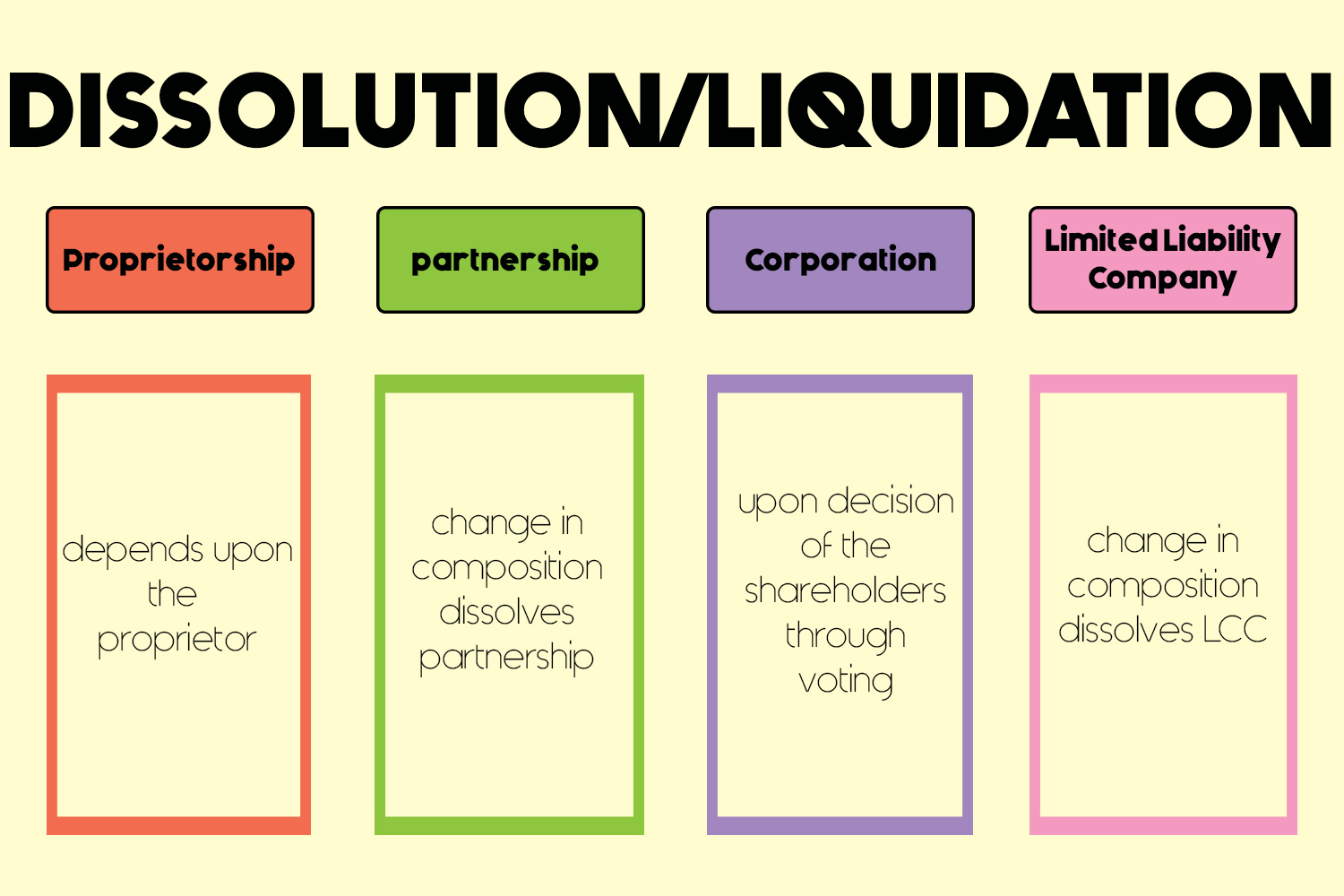If a Company Goes Into Administration, What Happens to Staff Payments and Redundancy? An Overview for Administration Staff
If a Company Goes Into Administration, What Happens to Staff Payments and Redundancy? An Overview for Administration Staff
Blog Article
Recognizing the Repercussions of Firm Liquidation on Staff Member Retention and Advantages

Influence On Work Security
In case of firm liquidation, the effect on job safety can be substantial for staff members as unpredictability relating to future work arises. When a company goes into liquidation, workers encounter the challenging possibility of possible work loss. This uncertainty can bring about heightened tension and stress and anxiety amongst the workforce, impacting their morale and productivity.
Throughout the liquidation process, workers might experience an array of emotions, consisting of irritation, rage, and fear, as they face the possibility of joblessness. The absence of quality surrounding the timeline of the liquidation and the fate of their positions can develop a sense of instability within the workforce.
Moreover, staff members might also be concerned concerning the standing of their advantages, such as health care protection, retirement strategies, and paid time off, during and after the liquidation procedure. The potential loss of these advantages includes one more layer of intricacy to a currently tough situation for workers.
Changes in Staff Member Conveniences

One usual change is the decrease or removal of certain advantages to cut costs and clear up arrearages. For instance, company payments to retirement may stop, leaving employees to bear the complete responsibility of conserving for their future. Medical care advantages may be scaled back, resulting in greater out-of-pocket expenditures for clinical services.
Interaction becomes vital throughout this period of transition. Employers must be clear regarding the adjustments, offering clear explanations and support to assist employees browse via the alterations. Open up dialogue and assistance can aid ease anxiety and uncertainty among the labor force, cultivating an extra favorable change experience despite the difficult conditions.
Retention Methods Post-Liquidation
Following the firm liquidation, executing effective retention methods is important to securing organizational ability and preserving stability within the labor force. In times of unpredictability, workers might really feel anxious about their future work safety and security and be extra likely to look for different job opportunity. To alleviate this threat, business ought to focus on open communication, providing openness concerning the firm's situation, and supplying assistance to employees throughout the transition duration.
One key retention technique post-liquidation is to prioritize employee wellness and spirits. Furthermore, offering profession growth opportunities and upskilling programs can enhance employee motivation and involvement throughout tough times.
In addition, developing a clear occupation development path and establishing reasonable goals can provide staff members a feeling of direction and objective within the business (what happens to staff when a company goes into liquidation). By buying staff member development and proactively including them in decision-making procedures, companies can raise staff member retention prices and develop a resilient labor force post-liquidation
Legal Legal Right and Defenses
During the after-effects of business liquidation, it is important to deal with the lawful rights and protections available to employees to make sure a fair and compliant process. Staff members encountering work loss because of liquidation have specific rights guarded by employment regulations. These legal rights consist of entitlements to unsettled earnings, discontinuance wage if applicable, and built up getaway or unwell leave payments. It is crucial for employees to understand these civil liberties and seek legal advice if needed to browse the complexities of the liquidation procedure.
In addition, in cases where a company goes right into liquidation, workers are typically taken into consideration special creditors, granting them higher top priority in getting impressive repayments over other creditors. This defense aids prioritize resolving worker insurance claims prior to other financial obligations are fulfilled. Legal safeguards exist to prevent unreasonable dismissals during liquidation, making certain that discontinuations are brought out according to established labor see this page regulations. Comprehending these news legal civil liberties and protections is basic for employees to safeguard their rate of interests and look for appropriate option in the event of firm liquidation.
Handling Financial Unpredictability
Browsing monetary uncertainty can be a complicated challenge for workers influenced by firm liquidation. The abrupt loss of revenue, benefits, and work security can substantially interfere with people' economic security. Throughout such times, it is vital for staff members to analyze their existing monetary scenario reasonably. Creating a detailed spending plan that prioritizes essential expenditures can assist in managing instant economic requirements. Additionally, exploring available government assistance programs, such as joblessness benefits or re-training opportunities, can supply some relief.
Seeking monetary therapy or assistance from professionals can supply useful understandings into taking care of financial obligations, restructuring financial commitments, and preparing for the future. It is vital for workers to stay notified concerning their entitlements, such as severance bundles or exceptional settlements, to ensure they get what they are owed. Thinking about alternate work alternatives or gig chances can aid bridge economic spaces throughout this transitional duration. By proactively addressing financial difficulties, staff members can browse through the unpredictability brought on by company liquidation with higher durability and preparedness.
Conclusion
Finally, company liquidation can have considerable implications on worker work safety and security, benefits, and total health. It is essential for companies to carry out retention approaches and provide assistance to staff members during this unpredictable time. Understanding legal civil liberties and protections can help additional info mitigate the impact of liquidation on employees. Handling financial uncertainty calls for an aggressive strategy and interaction from both employees and companies to navigate through the obstacles effectively.
When a business deals with liquidation, the destiny of its workers hangs in the balance, raising crucial inquiries regarding work security, advantages, and long-term security. The impact of company liquidation on staff member retention and benefits is a complex issue that requires a more detailed assessment to understand the full scope of its effects.
Navigating economic uncertainty can be a difficult challenge for workers affected by business liquidation. By proactively dealing with economic difficulties, staff members can navigate with the uncertainty created by company liquidation with better resilience and readiness.

Report this page